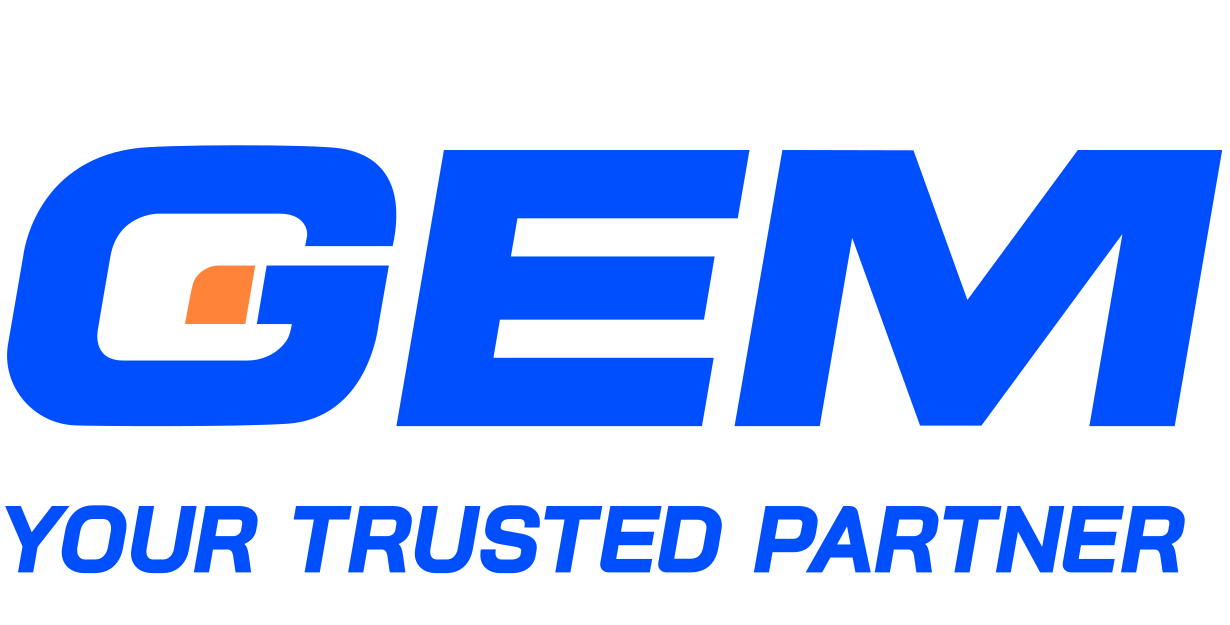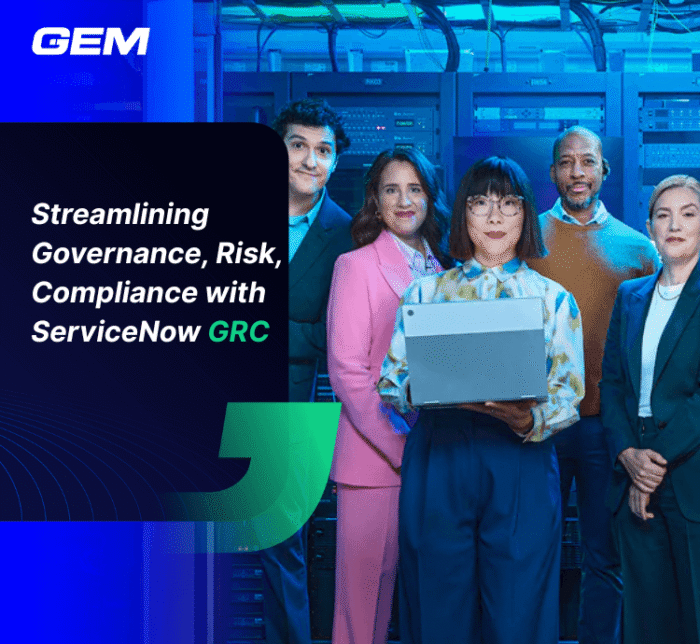Contents
The future of IT support is being shaped by a shift toward automation, AI-driven operations, and new expectations around speed, transparency, and scale. As businesses manage growing volumes of service requests and increasingly complex infrastructure, support functions are evolving from reactive service desks into more proactive, data-informed operating units. Emerging trends, from AI-based triage to self-service platforms and integrated cybersecurity, are redefining how teams deliver value. This article explores the key developments expected in 2025 and outlines how IT leaders can prepare their support strategy to stay ahead.
Why Businesses Gotta Catch Up on IT Trends

Keeping pace with IT trends is becoming a strategic requirement for businesses navigating fast-changing markets, increasing user demands, and rising operational complexity. Technology shifts are reshaping how organizations operate, compete, and deliver value, both internally and externally. Companies that actively track and adopt relevant IT developments are better positioned to respond to disruption, scale with confidence, and maintain long-term viability.
Key reasons to stay aligned with current IT trends include:
Operational Efficiency
Adopting modern tools and infrastructure improves workflow speed, system reliability, and service consistency, translating into lower overhead and faster execution.
Customer Expectations
Users expect seamless, responsive, and personalized experiences. Emerging technologies support more tailored interactions and faster resolution across digital channels.
Security Resilience
As threat landscapes evolve, staying updated with cybersecurity practices and standards helps safeguard data, reduce vulnerabilities, and maintain trust.
Innovation Readiness
New IT capabilities often serve as a foundation for product development, business model shifts, and new revenue streams.
Workforce Attraction
Skilled professionals are more likely to join and stay with organizations that invest in modern tools, collaborative platforms, and forward-looking infrastructure.
Business Continuity
A proactive approach to IT trends helps organizations adapt to market shifts, regulatory changes, and unexpected disruptions without compromising performance.
Future of IT Support: Key Trends in 2025

As IT environments become more distributed, user expectations continue to rise, and operational complexity increases, the IT support function is undergoing structural change. In 2025, several key trends are shaping how businesses deliver support, driven by new technologies, shifting behavior patterns, and performance demands.
AI in IT Support
AI is moving deeper into the support workflow, not only handling front-line queries but also driving proactive incident resolution and operational intelligence. Modern AI systems can detect anomalies before they escalate, generate contextual recommendations, and assist agents with real-time information retrieval.
Common use cases include:
- AI-powered triage engines that classify and route tickets based on intent and urgency.
- Virtual assistants that resolve common queries (e.g., password resets, VPN access) without human involvement.
- Large language models generating summaries, knowledge base articles, or ticket histories to speed up resolution.
By 2025, 80% of IT organizations are expected to deploy AI tools in their support stack. The impact is twofold: improving agent productivity and reducing time-to-resolution. AI is also enabling shift-left strategies, where more issues are resolved at Level 0 or Level 1, freeing up senior engineers for complex problem-solving.
Automation in Production
IT Automation Trends
IT automation is evolving from basic scripting toward integrated platforms that orchestrate actions across systems, applications, and user touchpoints.
Typical use cases include:
- Auto-resolution of frequent issues such as disk space errors or service restarts triggered by monitoring alerts.
- Automated deployment of patches and updates across distributed environments.
- Dynamic resource allocation in response to performance thresholds in hybrid or multi-cloud setups.
IT automation tools are also being embedded into ITSM platforms, allowing support teams to execute playbooks directly from service tickets. This reduces manual effort and improves response times. With AI integration, automation can now make context-aware decisions, such as prioritizing incidents based on impact or historical behavior.
RPA Support
Robotic Process Automation (RPA) complements IT automation by targeting repetitive, rules-based tasks that often fall outside of traditional API-based workflows. RPA bots mimic human actions in user interfaces, making them especially useful for legacy systems or cross-platform processes.
In IT support, RPA is commonly used for:
- User onboarding and offboarding, including account creation, permissions setup, and system access.
- Password resets, software installations, and license reassignments based on predefined triggers.
- Data reconciliation across disconnected systems (e.g., syncing records between ITSM tools and HR platforms).
Organizations deploying RPA in support functions have reported measurable improvements in efficiency and accuracy. This includes faster resolution of routine requests, fewer errors in user provisioning, and reduced time spent on repetitive administrative tasks.
Self-service IT
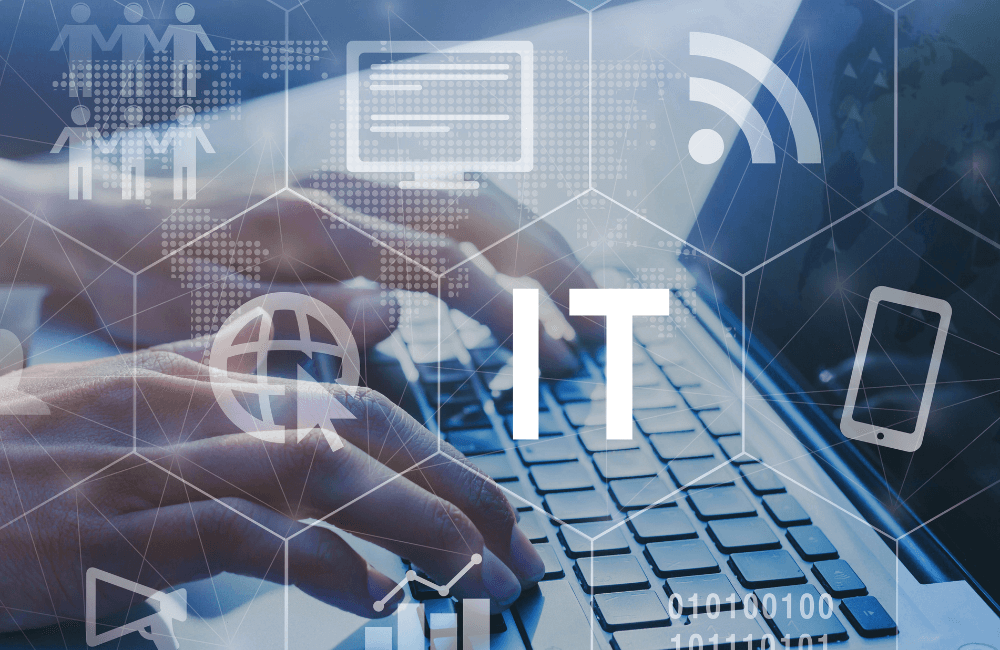
Self-service is becoming the preferred support channel for both employees and customers. With improved interfaces, AI-powered search, and personalized content, users are resolving more issues independently, often faster than through traditional support channels.
Use cases gaining traction:
- Employee portals with AI-curated knowledge bases, integrated with Microsoft 365 or Google Workspace.
- Chatbots embedded in collaboration tools that surface relevant policies or troubleshooting steps.
- Automated request forms that fulfill tasks like hardware replacement, system access, or license renewals.
As of 2025, more than half of support tickets in mature organizations are expected to be resolved through self-service. The benefits extend beyond cost reduction, self-service also improves user satisfaction by offering speed, transparency, and 24/7 availability.
Cloud-Native Support and the Hybrid Enterprise
With 92% of enterprises operating in hybrid or multi-cloud environments, IT support must move beyond traditional infrastructure tools. Teams are now responsible for maintaining uptime and resolving issues across distributed systems, containerized workloads, and cloud-native applications.
Support-related implications include:
- Monitoring and troubleshooting Kubernetes clusters, microservices, and serverless functions.
- Managing dependencies across cloud platforms (e.g., AWS, Azure, GCP) with unified observability tools.
- Supporting remote teams with consistent access and performance, regardless of geography or device.
This shift requires upskilling support teams in cloud-native technologies and rethinking how incident management is structured. Organizations are investing in centralized visibility and cross-platform diagnostic tools to reduce blind spots in their environments.
Security as a Support Function

Security incidents are now a core part of the support workload. From access misconfigurations to phishing attempts, support teams are the first line of defense in identifying and containing threats. In many organizations, security responsibilities are being embedded into day-to-day support operations.
Examples of integration:
- Support staff verifying identity during access requests using multi-factor authentication protocols.
- First-response teams handling alerts from endpoint detection systems before escalating to security operations centers (SOCs).
- Automated playbooks that guide support agents through steps to isolate compromised accounts or devices.
Given that 31% of cloud breaches stem from misconfiguration or human error, the role of support in enforcing security hygiene is growing. By 2025, basic cybersecurity training and tooling will be standard within IT support teams.
Building Sustainable IT Support Models
Sustainability in IT support refers not only to energy or resource use, but to the long-term viability of support operations. With rising ticket volumes and budget constraints, support leaders are looking for ways to scale without increasing staff or sacrificing service quality.
Approaches gaining traction:
- Shift-left strategies that resolve issues earlier in the support chain through automation and knowledge sharing.
- Intelligent routing that matches tickets to the most qualified agent based on skill and context.
- Usage analytics that identify friction points and inform continuous improvement of self-service content.
Combining AI, RPA, self-service, and cloud-native tools creates a modular support model that is more efficient, resilient, and financially sustainable. This foundation supports teams as they adapt to changing business needs and user expectations.
Translating Trends into Business Value

The rapid adoption of AI, automation, and cloud-native technologies in IT support is a business imperative. Each of these trends contributes to measurable outcomes that align with broader enterprise priorities, from cost control to user satisfaction and operational resilience.
To extract business value from IT support transformation, organizations are focusing on several key areas:
Cost Efficiency at Scale
Automation reduces the need for manual intervention across high-volume tasks such as ticket triage, user provisioning, and routine troubleshooting. Companies using AI agents in support functions have reported a 50% drop in cost per call, while effective self-service strategies can reduce costs by 80–100x per interaction compared to live support. These savings translate into leaner operations and better budget allocation.
Improved Service Quality and Speed
AI-driven workflows accelerate resolution times by eliminating handovers and providing agents with real-time context. Generative AI features like case summarization and recommended responses can reduce handling time by up to 80%, which improves internal SLAs and enhances user experience.
Risk Mitigation and Compliance
Support teams are increasingly involved in maintaining configuration integrity and access control – two areas frequently linked to security breaches. By embedding automation into these workflows, businesses reduce the likelihood of errors that lead to data exposure or compliance failures. As security incidents become more frequent and costly, proactive support plays a role in protecting business continuity.
Faster Time-to-Resolution for Strategic Initiatives
When support operations are streamlined, teams can redirect capacity toward enabling new business initiatives, whether it’s rolling out a SaaS platform, supporting remote work infrastructure, or integrating tools post-merger. Reduced operational drag supports faster execution across departments.
Data-Driven Decision Making
AI and automation platforms generate structured data on incident types, resolution paths, and system performance. This data helps IT leaders identify bottlenecks, forecast demand, and optimize resource allocation, transforming support from a reactive center to a contributor to strategic planning.
Rethinking the Role of IT Support in the Enterprise

Historically, IT support has been viewed as a reactive function, tasked with fixing problems and keeping systems running. This model is no longer sufficient. In a digital-first enterprise, IT support is evolving into an operational core that underpins user experience, enterprise security, and business scalability.
Several shifts are redefining the role of IT support:
From Service Desk to Service Platform
Support is becoming a product in its own right – designed, delivered, and continuously improved like any other digital service. This means investing in interface design, automation pipelines, and outcome-oriented metrics such as time-to-resolution and user satisfaction.
From Reactive to Predictive
AI and analytics are enabling support teams to identify trends, predict incidents, and intervene before users are affected. This transition moves support closer to reliability engineering and site reliability practices, where uptime and system health are managed proactively.
From Cost Center to Value Generator
As support teams automate routine tasks and assume greater responsibility for security, governance, and user enablement, they become a source of measurable business impact. Their contributions to uptime, compliance, and productivity directly influence revenue and reputation.
From Isolated Function to Embedded Partner
Support is no longer confined to the IT department. It’s embedded across business units – supporting product launches, managing service integrations, and enabling workforce agility. This requires closer alignment with HR, finance, operations, and customer-facing teams.
From Generalist to Specialized Skills
The rise of cloud-native environments, cybersecurity threats, and AI tooling is pushing IT support toward specialization. Roles now include automation engineers, chatbot trainers, cloud support analysts, and security-first responders. This shift raises the strategic profile of support within the talent strategy.
These changes position IT support as a strategic asset – one that contributes to innovation, resilience, and competitive differentiation. As more businesses adopt this perspective, the support function will continue to move upstream in enterprise planning and execution.
Partnering for What’s Next: How GEM Corporation Helps Businesses Stay Ahead of Tech Trends
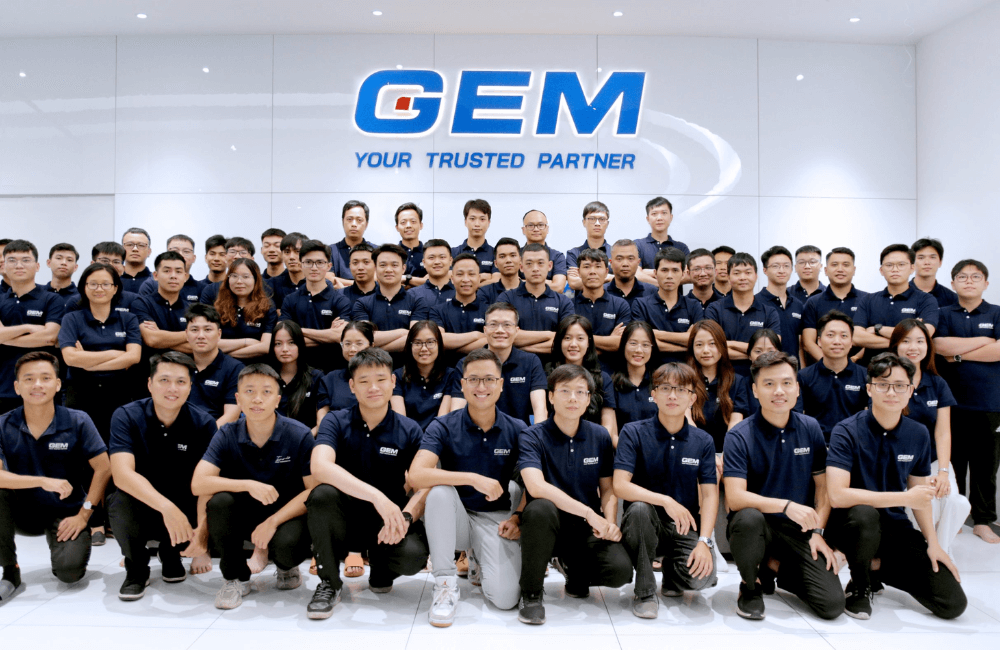
GEM Corporation is a global IT service provider that builds forward-looking, high-performance digital solutions for businesses across sectors. Since 2014, we’ve delivered over 300 projects in markets globally, supported by a team of 400+ engineers, consultants, and data specialists. Our work spans strategy, deployment, and long-term operations, helping clients translate emerging technologies into lasting business value.
We support enterprises in navigating next-gen IT through a combination of deep technical fluency and market-focused advisory. Our AI, automation, and cloud-native development services are built to align with evolving enterprise needs, whether it’s modernizing legacy systems, deploying intelligent workflows, or managing multi-cloud operations. For companies looking to move early, we offer R&D-backed services in generative AI, predictive systems, and independently trainable OCR. Through structured data platforms, advanced testing capabilities, and responsive managed services, we help businesses stay aligned with what’s new without losing sight of performance, security, or scale.
Conclusion
The future of IT support is being shaped by AI-driven assistance, process automation, cloud-native operations, and security-integrated workflows. As support functions shift from reactive to predictive, businesses are rethinking how they deliver scale, speed, and reliability across complex environments. From self-service adoption to RPA deployment, these developments are redefining both user experience and operational cost models. To explore how your organization can adapt or lead in this changing landscape, contact GEM.
